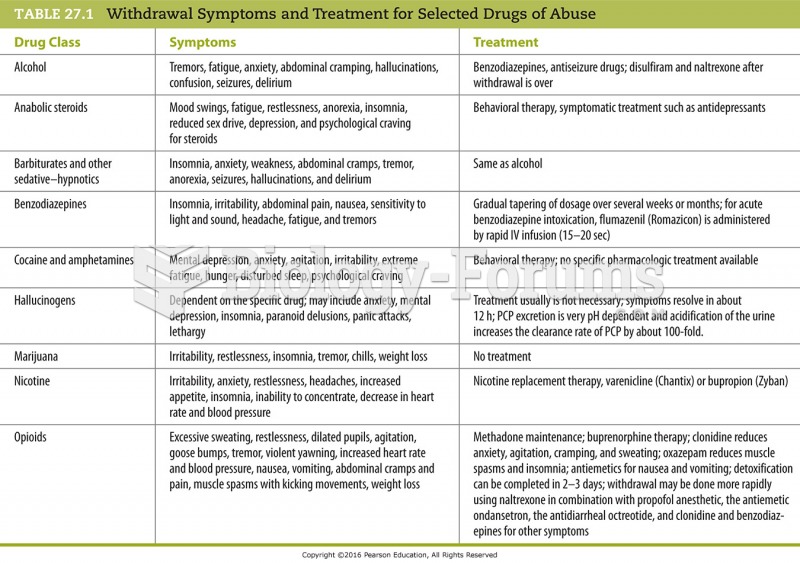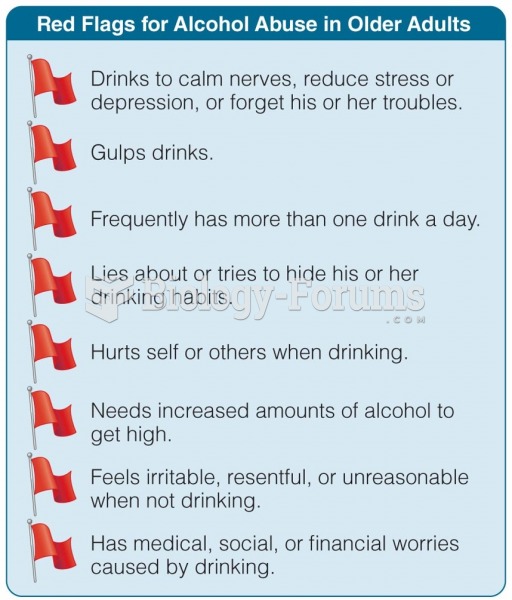Answer to Question 1
The progression from initial substance use to substance abuse follows a typical sequence. First, an individual decides to experiment with alcohol or drugs perhaps to experience the effects, enhance self-confidence, rebel against authorities, imitate others or conform to social pressure. Second, the substance begins to serve an important purpose (such as reducing anxiety, producing feelings of pleasure or enhancing social relationships) and so consumption continues. Third, brain chemistry becomes altered from chronic use. In many cases, physiological dependency develops resulting in withdrawal symptoms and craving for the substance; it also become difficult to experience pleasure without the substance. Fourth, lifestyle changes occur due to chronic substance use. These changes may include loss of interest in previous activities and social relationships and preoccupation with opportunities to use the substance Consistent with the multipath model, in all four phases, biological, psychological, social, and sociocultural influences are involved.
Answer to Question 2
Both alcohol and narcotics such as heroin and morphine depress the central nervous system and slow down responses. They help people feel more calm and relaxed. They may also increase users' sociability and make them feel less inhibited. The initial use of alcohol can have negative effects: Most people do not like the taste of alcohol the first time, and many people who also use heroin experience nausea. As use increases for either drug, a tolerance to its effects develops, so larger doses must be taken to get the same effect; an overdose of both alcohol and narcotics can be fatal, especially when the two forms of substance are used simultaneously. Reasons for using the drugs also change. Despite obvious negative consequences, use continues, in part, because taking the drug protects the user from uncomfortable withdrawal symptoms. The withdrawal effects in both cases can be quite severe. In both cases, the drugs dominate the users' lives to the detriment of relationships, careers, and self-esteem.
There are significant differences in the effects of the two drugs. Alcohol has many consequences associated with excessive use including: tolerance, neurological problems (impaired motor skills, reduced reasoning and judgment, memory deficits, distractibility and reduced motivation), cardiovascular affects, and can cause such physical conditions as cirrhosis of the liver, cancer of the mouth and throat, alcoholic hepatitis, and heart failure. Alcoholics who continue to drink demonstrate continued declines in neurological functioning; sustained abstinence can lead to cognitive improvement although older, heavy-drinkers and those with alcohol-related seizures or liver disease demonstrate less recovery.
M
any alcoholics are able to function without severe disruption to their life these so-called high functioning alcoholics work, raise families and maintain social relationships. Except for tolerance, heroin does not produce these consequences, but because it is injected, it produces puncture marks on the extremities and is associated with HIV infection as a result of sharing needles. Tolerance builds quickly with heroin use resulting in dependency and a need for increased doses to achieve desired effects. Additionally, long-term misuse of prescription opioids is linked with significant social problems. Because heroin is illegal and expensive, many addicts must turn to criminal activities to support their habit.







